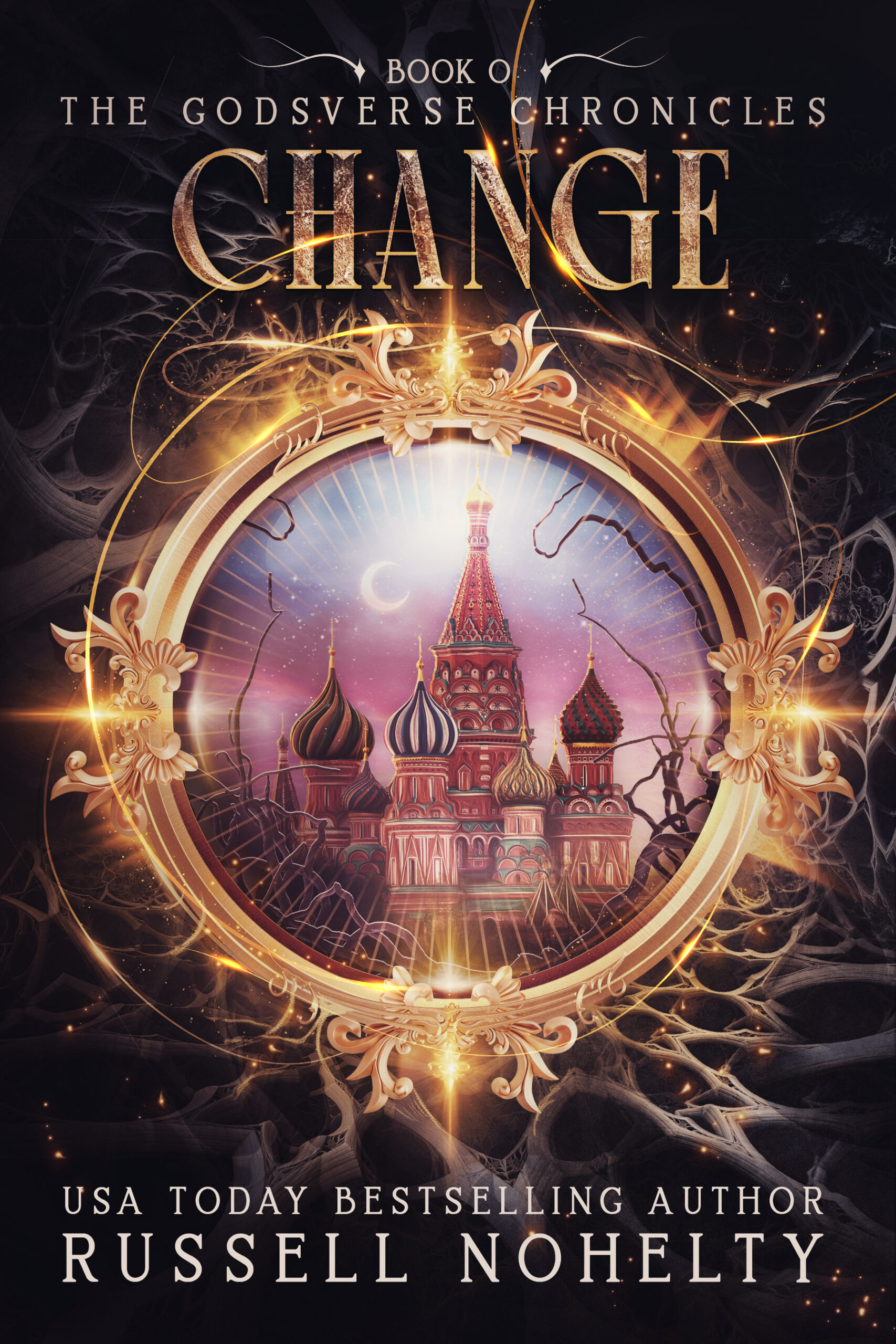This past week I went to Podcast Movement Evolutions at The Millennium Biltmore in Los Angeles. I come from the world of comics and books. I attend somewhere between 20-30 conventions a year for my company Wannabe Press, but this was my first podcasting convention.
I went because I recently relaunched my podcast, The Complete Creative, which is the podcast associated with this site, and you can check it out at:
www.thecompletecreative.com/podcast.
- Never, ever tell a podcaster you use a Blue Yeti mic to record. They will roll their eyes and laugh at you.
- Across the board, the best mic people told me was the Shure SM 58, at least for live recording, The best field recorder was the Zoom H6, and the best board was the Rodecaster Pro. So, if you’re looking for best in class mics that pros use, that’s my recommendation from now on, but for my purposes, the Blue Yeti is just fine. I just won’t be telling people about it openly when I go to podcasting events. The Shure SM 58 is about $130 with mic and stand, and you’ll want two for live events. The Zoom H6 is $330 plus $40 for an SD card, put this at about $370, and then the Rodecaster Pro is $600, and you’ll need an SD card for that as well, so that will be about $650.
- There are about a thousand new podcast website hosts out there. It’s a big change from back in the day when the choices were Libsyn and Podbean. Outside of those, the best I heard about was Captivate. However, I have been happy with Podbean for the past five years. They are a very boring company. I never have a problem with them, and I never complain, and for me that’s the perfect situation.
- The two most interesting stats I heard all weekend was that there are not 850,000 podcasts, up from 550,000 just a year ago, and that studies have shown that people retain 89% of the information from an audio/video format when they just listen to audio, while audio production is a fraction of the cost of video. As I showed above, you can get a top of the line sound studio for less than $1,000.
- The coolest new thing in podcasting that I saw was the ability to have a membership community with premium content, but instead of forcing people to go to Patreon for new content, to be able to seed any bonus episodes into a subscriber’s existing feed. So, if they use Apple, then it would go right into their podcast feed. Glow.FM is the best one I saw for this, but there were others.
- The second coolest thing I saw was Audioburst, which provides a combination of audiograms, transcription, and distribution for free for podcasters.
- There is more money in podcasting that I ever could have fathomed. I met creators who were making six-figures producing one podcast, eight-figure entrepreneurs who were pulling down millions in revenue from their shows, and brands killing it supporting podcasts. I thought it would be like comics money, but it’s more like tech money. It really threw everything I thought about making content and upended it. I am not used to people throwing that kind of money around. Comics are a low margin, low profit, low revenue industry where you have to scrape for every dollar, even at the top, so it was fascinating to see so many ballers at one little convention.
- The podcasters I met were awesome. It felt as close to the comics community as I’ve ever found in another group of people. Since they are kind of the step-child of radio like comics are the step-child of books, both communities have a very punk rock mentality, and everybody was super welcoming and awesome. Everybody was very open with their knowledge, whether they were newbies, pros, or service providers.
- Comic cons need to up their networking game. The best part of the whole week was the networking parties EVERY night, and the orientation on the first day, which gave me a really good base of humans to connect with for the rest of the week. I went there not knowing anybody, and I left the convention with a ton of great connections and new friends. I left with a huge stack of business cards.
- When it comes to networking, doing something wholly original will help you stand out. I had a set of pins with my podcast logo on them and gave them to new people I met. By the third day, people who say “You’re the pin guy!” when I met them. It made networking so much easier because I was giving people something cool instead of just my card.
- Comics, books, and podcasting all work in relatively the same way. I went to Podcast Movement mostly because I’ve spent my life producing and marketing books and comics, and I wasn’t sure how much overlap there would be between all of the strategies. I was very happy to see that there was almost 1:1 overlap. Some of the methods were different, but overall it was nearly identical in the methodology to get traction for a podcast vs. traction for a book.
I’m most excited about the ability to potentially add podcasters into my marketing network if I expand my offerings from just publishing.
The networking, camaraderie, and feel of the community was familiar, warm, and very much appreciated, so I think it was worth it, for sure. I am even considering going to Dallas for the big event in August.
Want to build a better creative business?
Take our free course and learn how to build the creative business of your dreams starting today.
We value your privacy and would never spam you. We will send you relevant offers and add you to our mailing list, though.

